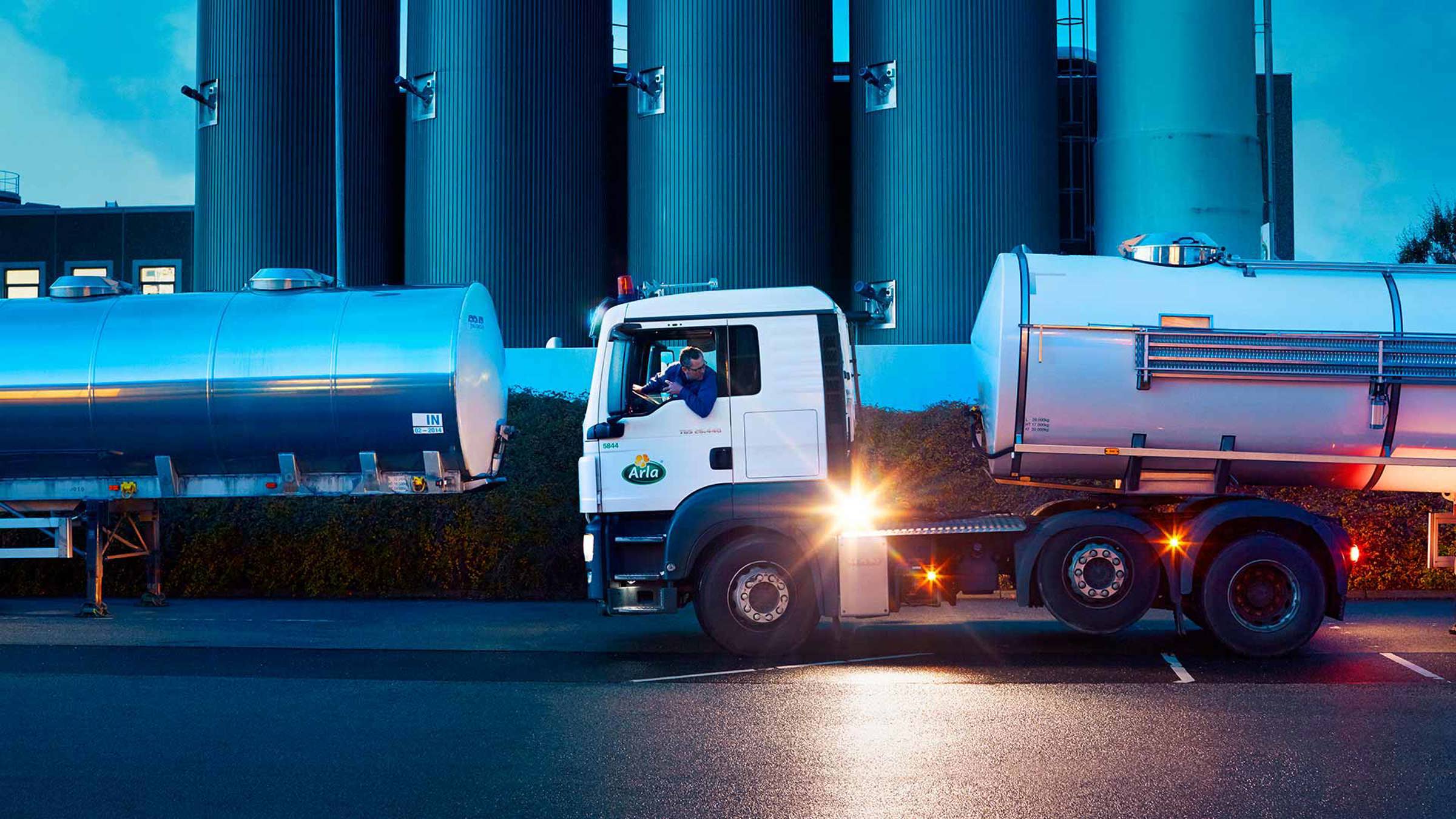Why Aylesbury?
- Although many sites were assessed, this is the only site in Aylesbury Vale which meets Arla’s requirements.
- Aylesbury offers the best logistical and sustainable solution, situated between the farmers who will supply the milk and the customer base.
The dairy
- The dairy will process and package up to one billion litres of milk a year from British farms.
- There are ambitions for the dairy to be one of the most environmentally advanced in the world and Arla is seeking to deliver a zero carbon facility with zero waste to landfill using advanced construction techniques, process technologies and cutting edge renewable energy solutions.
- The building could be a beacon for inward investment and a showcase of sustainable development helping to reinforce a budding environmental cluster in the county.
The local economy
- There is a need to create jobs and invest in Aylesbury. The Buckinghamshire Economic and Learning Partnership’s research shows that total employment in Aylesbury Vale fell by 4,500 jobs in 2009, and Lloyds Banking Group relocated more than 500 jobs out of Aylesbury in 2011.
- The dairy will create almost 700 new jobs which will be advertised locally. If typical of other Arla dairies, the vast majority of the employees (including drivers) would live within a 20 mile radius of the site.
- The dairy will deliver a £20 million annual wages bill, much of which will benefit local shops, businesses and leisure facilities.
- Up to 1,000 construction jobs will be created during development.

Transport
- It will take some time for the dairy to reach capacity, but when it does it will result in an average of 20 lorries accessing the site each hour. A number of mitigation measures will be instigated to ensure there is capacity on the routes they will use.
- A transport routing strategy for Arla vehicles has been agreed with the authorities and Arla vehicles will be fitted with trackers to enforce this.
- Arla lorries will use the strategic road network only and not local village roads or B-roads. Arla lorries will not be routed through village roads in Buckland, Aston Clinton or Weston Turville.
- The dairy could increase traffic on the A41 towards Aylesbury by approximately 3.2 per cent and on the A41 towards London by approximately 3.5 per cent (based on traffic counts on Aston Clinton Road undertaken in 2010 and the data provided by Bucks County Council). Arla will route as many of its vehicles as possible onto the A41 towards London. This bypass has a two-way daily capacity of approximately 75,000 vehicles and it currently has a two-way flow of around 23,000.
- Arla is also proposing to invest in the highway to improve the flow of traffic into and out of Aylesbury including installing signals and widening the A41 at the Oakfield Road/King Edward Avenue and Bedgrove/Broughton Lane junctions in order to reduce current congestion in the area. Currently these junctions do not have sufficient capacity and are a major cause of congestion into and out of Aylesbury.
- A new shuttle bus service, pedestrian and cycleway improvements will provide colleagues with sustainable options to reach the site.
- Shift patterns will be designed to avoid peak hours to minimise road impact, and a car sharing scheme will be created.
The community
- Arla encourages community involvement at all of its sites and is committed to doing so at Aylesbury.
- A visitor centre will also be developed, which local schools, community groups and businesses could visit.
- Arla supports training and apprenticeship opportunities.
- Mitigation measures have been sought to minimise or eliminate the effects of building the dairy in Aylesbury, and Arla made many changes to the masterplan following consultation, in order to seek to be a good neighbour.
- A community liaison group has been created to enable local people to interact with the Arla team on a regular basis.


